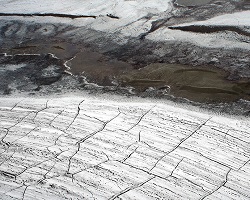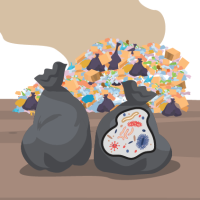a set of chain reactions that convert light energy into chemical energy. Photosynthesis also produces energy-rich carbohydrates like starch. Photosynthesis occurs in the chloroplast of a plant cell... more
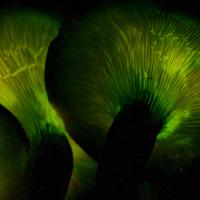 Alison Willis
Alison Willis
To Flow or Not to Flow
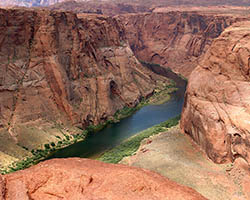
This set of bits will teach you about the process plants use to make their own food: photosynthesis.
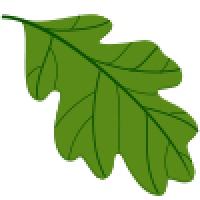 Drew Peltier
Drew Peltier
Where Does a Plant's Mass Come From?
Have you ever wondered where plants get their mass? All those leaves and branches have to come from somewhere, but where? It turns out that the main ingredients for plant growth are water, air, and energy.
Plants of the Taiga
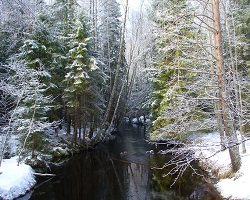
Snacking on Sunlight
If it weren't for plants, most of the other organisms on this planet wouldn't survive. Most plants can use energy from the sun to make their own food. Let's take a closer look at the complex process of photosynthesis that gives them this special ability.Also in: Nederlands | Français | Español | Português | Türk | عربى | தமிழ்
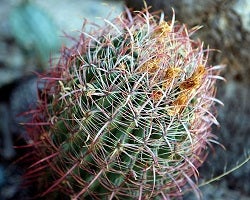
Frozen Life
When you think of the Arctic, you might picture mostly empty ice. But the Arctic ecosystem is home to many organisms, from microscopic bacteria to large animals like whales and polar bears. Much of this life in the Arctic depends on tiny organisms called plankton which make up the base of the food web.
Also in: Español
Plants of the Tundra
